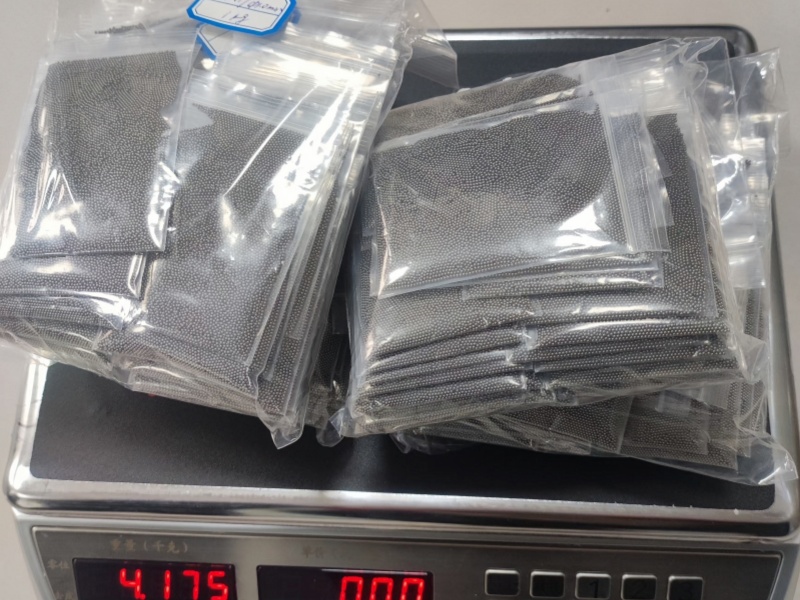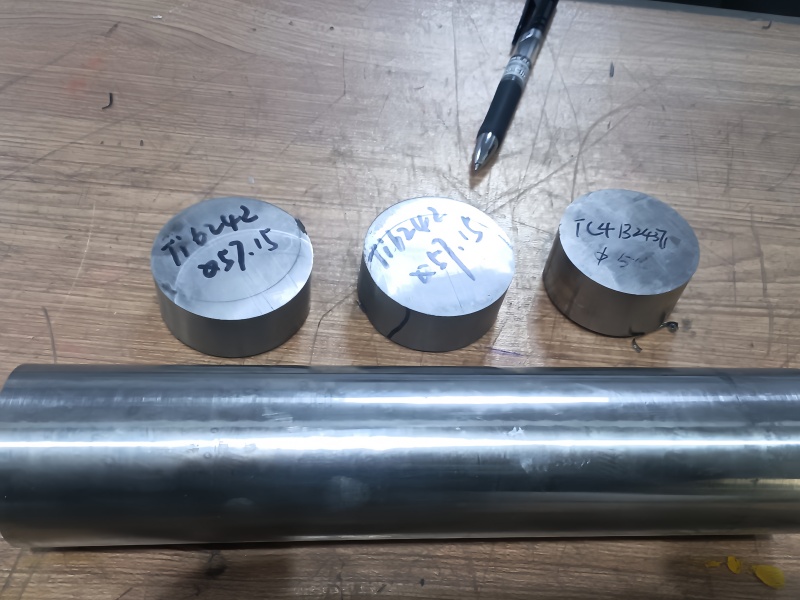
Titanium and titanium alloy samples are an integral part of the material to meet customer requirements and engineering applications. In order to accurately evaluate the properties of metal materials, we need to sample from the original material and prepare a standard sample. Next, we will explore in depth the preparation of titanium and titanium alloy samples.
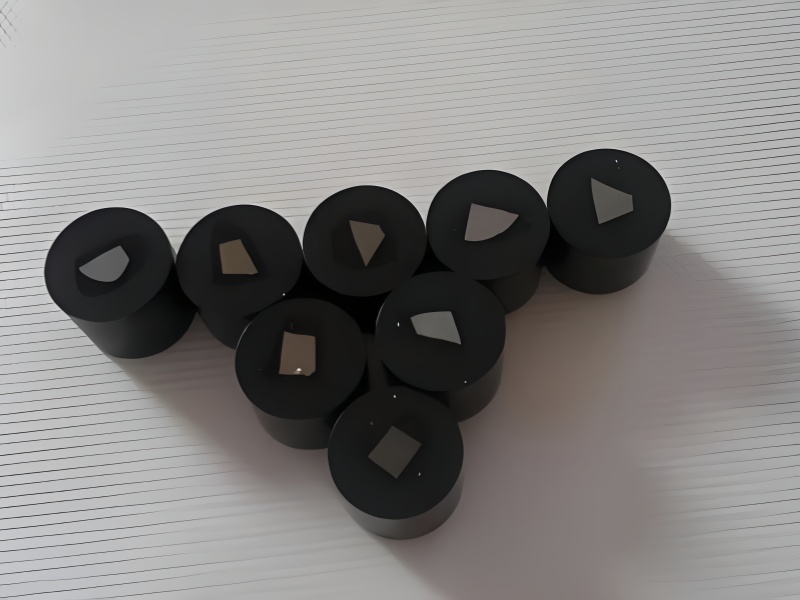
Sampling location: For the sampling of metal materials, the uniformity and representativeness of the material need to be considered. In general, samples should be taken from typical parts of the material, avoiding the edge of the material, surface defects, or stress concentration areas. For example, for rolled plates, samples should be taken at a distance from the edge (usually at least 1/4 of the width of the plate) to ensure that the properties of the sample taken are representative of the overall properties of the material. If it is a forging, consider the direction of the forging flow line. For the performance test of bearing tensile, bending and other loads related to the forging flow line, the axis of the sample should be as consistent as possible with the forging flow line, so as to accurately reflect the mechanical properties of the material in actual use.
Sample shape and size: For Brinell hardness tests, the thickness of the sample should not be less than 10 times the depth of the indentation. It is generally required that the surface of the sample is smooth and smooth to ensure the accuracy of the hardness test. For example, when testing materials with greater hardness, the requirements for the flatness of the specimen surface are higher due to the smaller indentation.
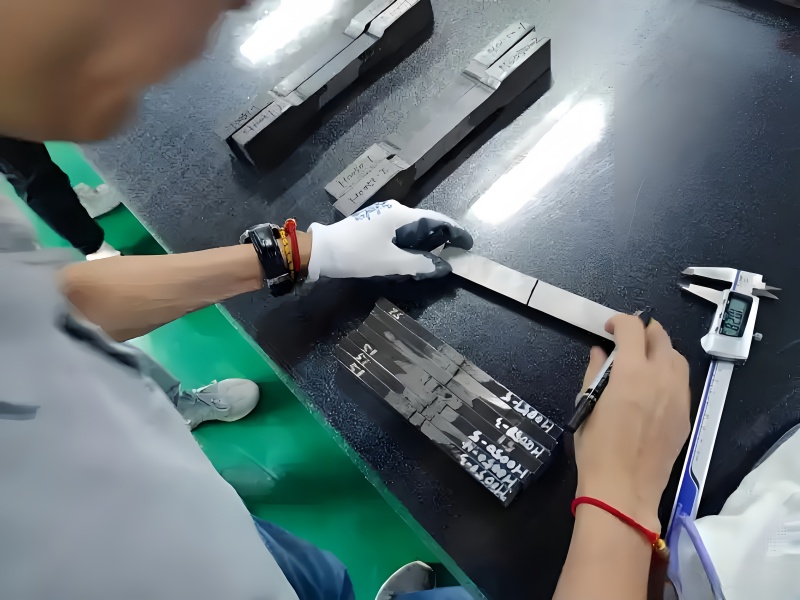
Rockwell hardness test specimen size requirements are relatively flexible, but also need to ensure surface quality. The surface roughness of the sample is generally required to be no more than 0.8μm, and the surface should be free of impurities such as oxide and oil, otherwise it will affect the accuracy of the hardness test.
The most common impact specimens are Charpy V-notch and U-notch specimens. The notch Angle of the V-notch sample is 45° and the depth is 2mm. The sample size is generally 10mm×10mm×55mm, and a specified shape notch is opened in the middle of the sample, the purpose of which is to make the sample produce stress concentration at the gap during the impact test, so as to measure the toughness of the material more accurately.
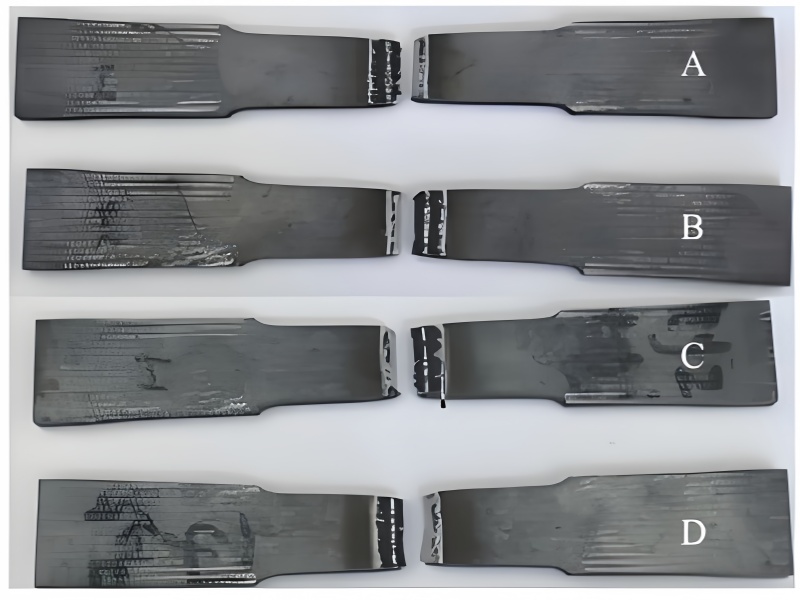
The bottom radius of the notch of the U-notch sample is 1mm, and the size is also 10mm×10mm×55mm. Different notch shapes are used to simulate different types of actual impact conditions, and are specified in different standards and material application scenarios.
Tensile specimens generally have circular and rectangular section shapes. The diameter of the pitch part of the circular specimen (the part used to measure the amount of elongation) is usually 5-10mm, such as the commonly used diameter of 6mm or 8mm. The ratio of the gauge length to the diameter (length-diameter ratio) is generally 5:1 or 10:1 for proportional samples. For example, for a sample with a diameter of 10mm, the gauge length can be 50mm (5:1 aspect ratio) or 100mm (10:1 aspect ratio).
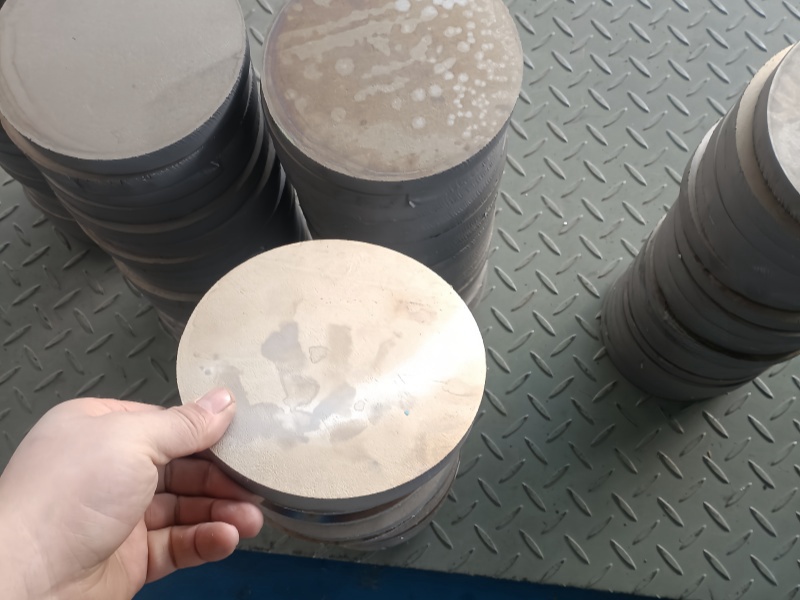
The thickness of the rectangular sample is generally 3-10mm, and the width is usually between 10-30mm. The scale length also has a certain proportional relationship with the section size to ensure the deformation uniformity of the specimen during the tensile process.
Sample processing method: Turning is the main processing method for circular tensile specimens. Turning allows precise control of the diameter and length of the specimen. In the process of turning, the cutting tool, cutting speed and feed amount should be selected reasonably to ensure the dimensional accuracy and surface quality of the sample. For example, when turning the tensile specimen with a diameter of 8mm, the appropriate carbide tool should be selected according to the hardness and other characteristics of the material, and the cutting speed should be controlled within the appropriate range to avoid excessive work hardening. Milling is mainly used to process rectangular samples with planar and complex contours. Through milling, different shape areas such as the standard distance part and the clamping part of the sample can be processed.
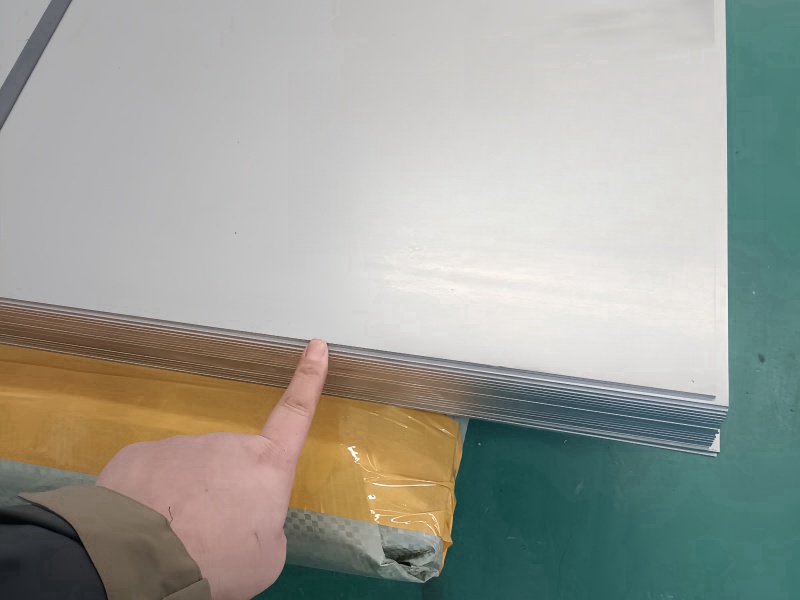
Grinding is mainly used to improve the flatness and finish of the specimen surface. When machining the hardness sample, it is necessary to grind the surface of the sample to reach the roughness required by the test. For example, when preparing Rockwell hardness samples, the surface roughness of the sample surface can be reduced to a specified range by grinding the surface grinder. During grinding, attention should be paid to controlling the grinding parameters to avoid the microstructure changes caused by overheating of the specimen surface and affecting the mechanical properties of the material.
Can use mechanical cutting (such as sawing machine cutting), wire cutting and other methods. Mechanical cutting is suitable for the preliminary cutting of samples with regular shape and large size, such as plates and bars. The cutting speed of the saw machine is relatively slow, but the cost is low. Wire cutting has higher precision, can cut samples with complex shapes, and the surface quality of the cut samples is better, but the equipment cost is higher. For example, when preparing small precision tensile specimens, wire-cut can precisely control the size and reduce the margin for subsequent processing.
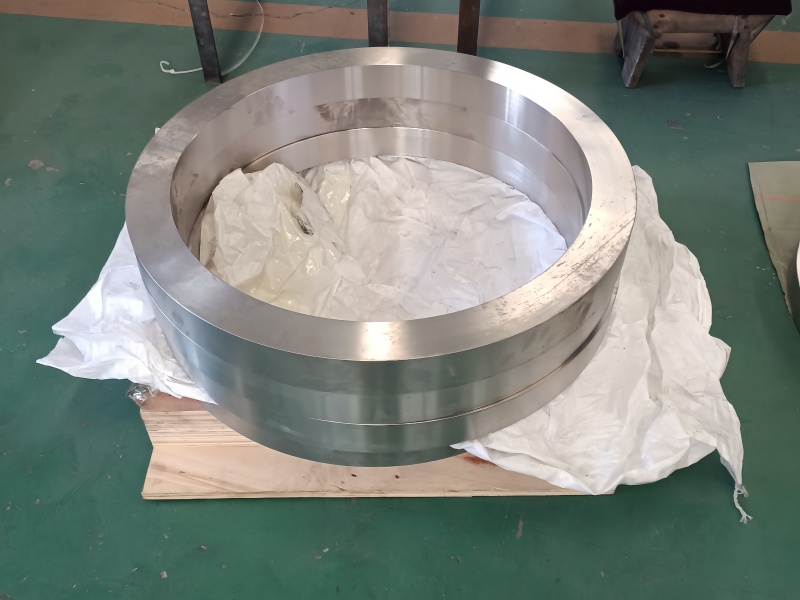
Sample labeling: After the preparation of the sample is completed, the sample needs to be labeled for identification. The marking content includes sample number, material grade, sampling direction and other information. There are many marking methods, such as making steel marks, writing with corrosion-resistant markers, etc. When making steel marks, attention should be paid to avoid stress concentration in the key parts of the sample (such as the marking part and the gap), which will affect the test results. For small samples or samples with high surface quality requirements, the use of corrosion resistant marker pen is a better choice, the position of the mark should be obvious and will not be erased or damaged during the test.
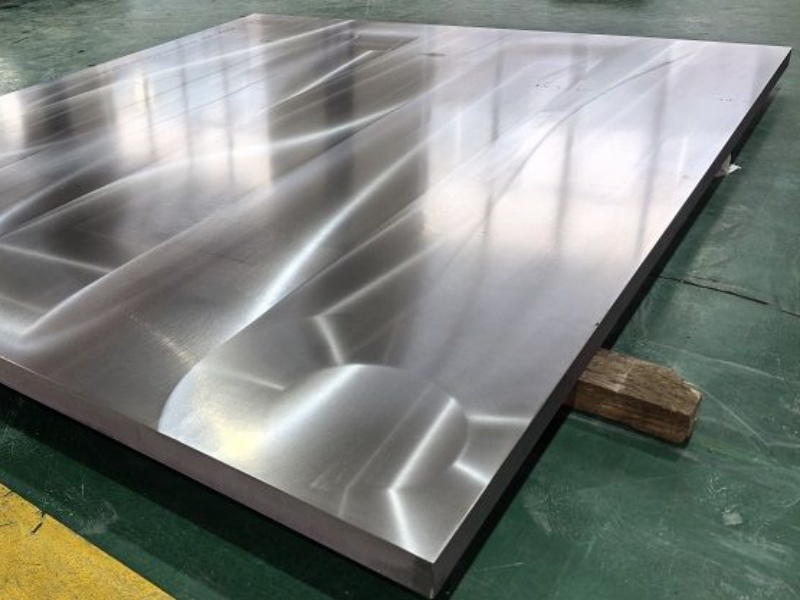
Sample storage life and precautions
Storage life, the storage life of the sample is generally 2-5 years (national military standards, aerospace standards are not such).
Preservation conditions. The sample shall be kept in a dry, cool, well-ventilated environment, away from light and free from corrosive gases. At the same time, anti-corrosion measures should be taken to avoid oxidation or other contamination of the sample.
Save mode. The sample can be stored separately or separately. If you choose to store in separate packaging, it is necessary to indicate the melting batch, grade, specification and other information of the sample, and store it in strict accordance with the number of the sample.
